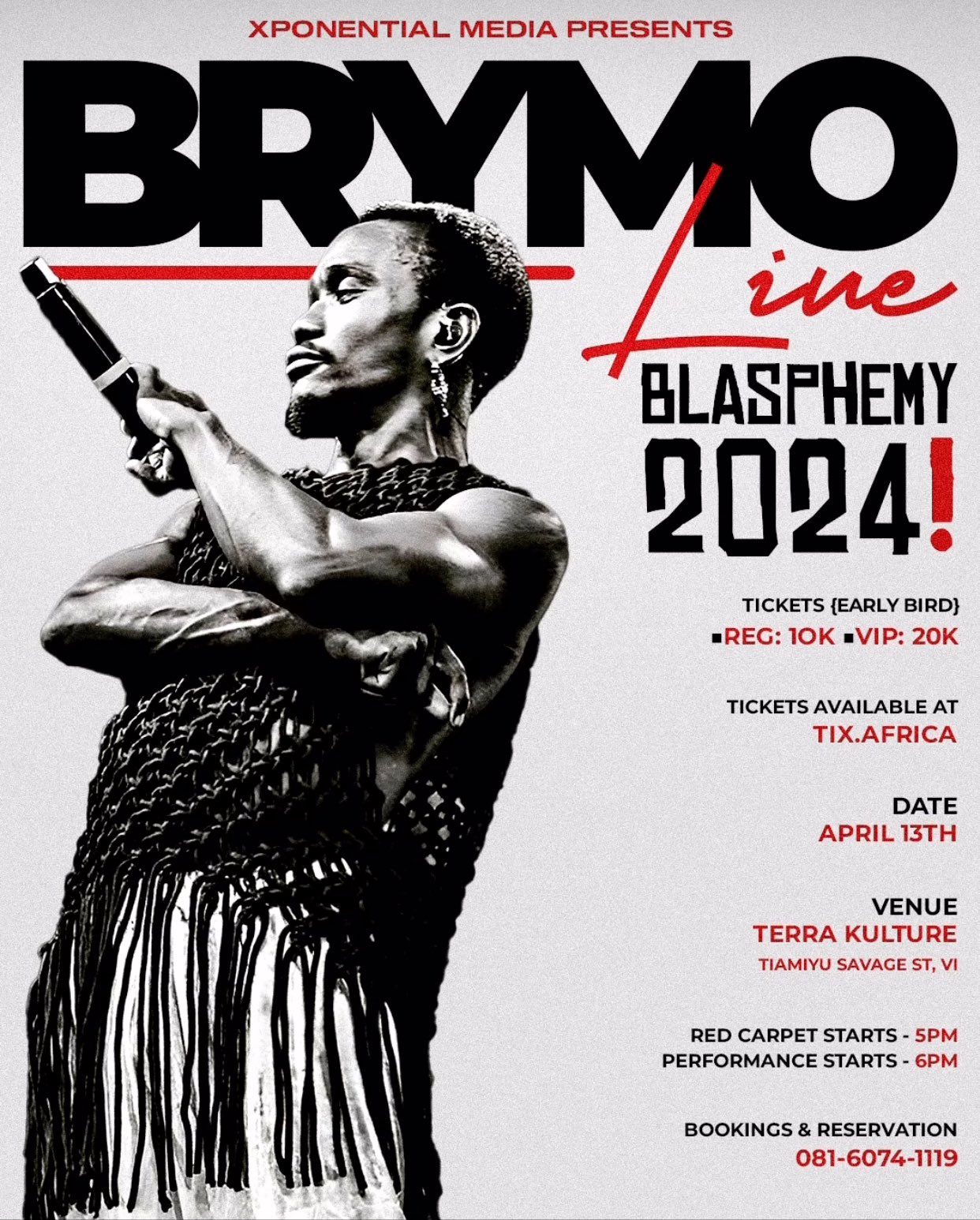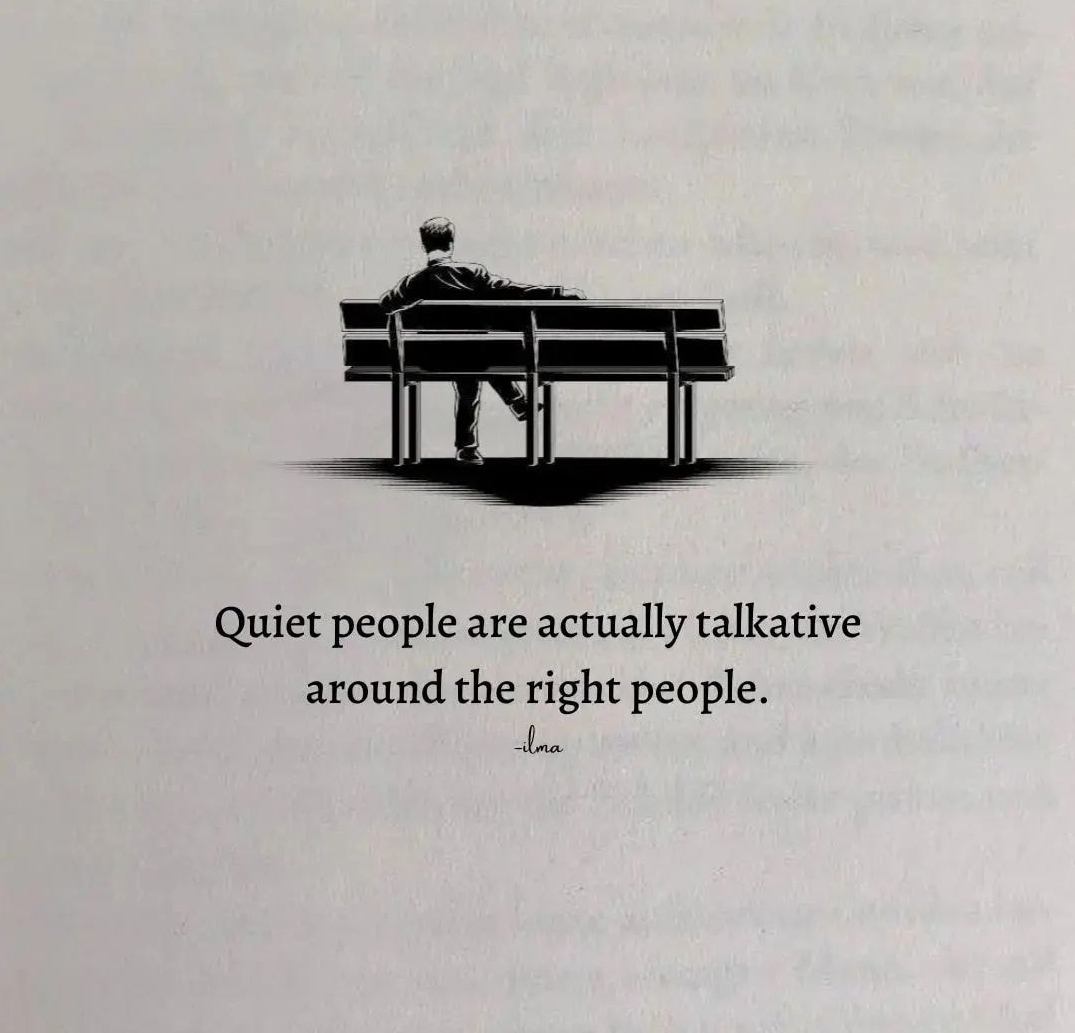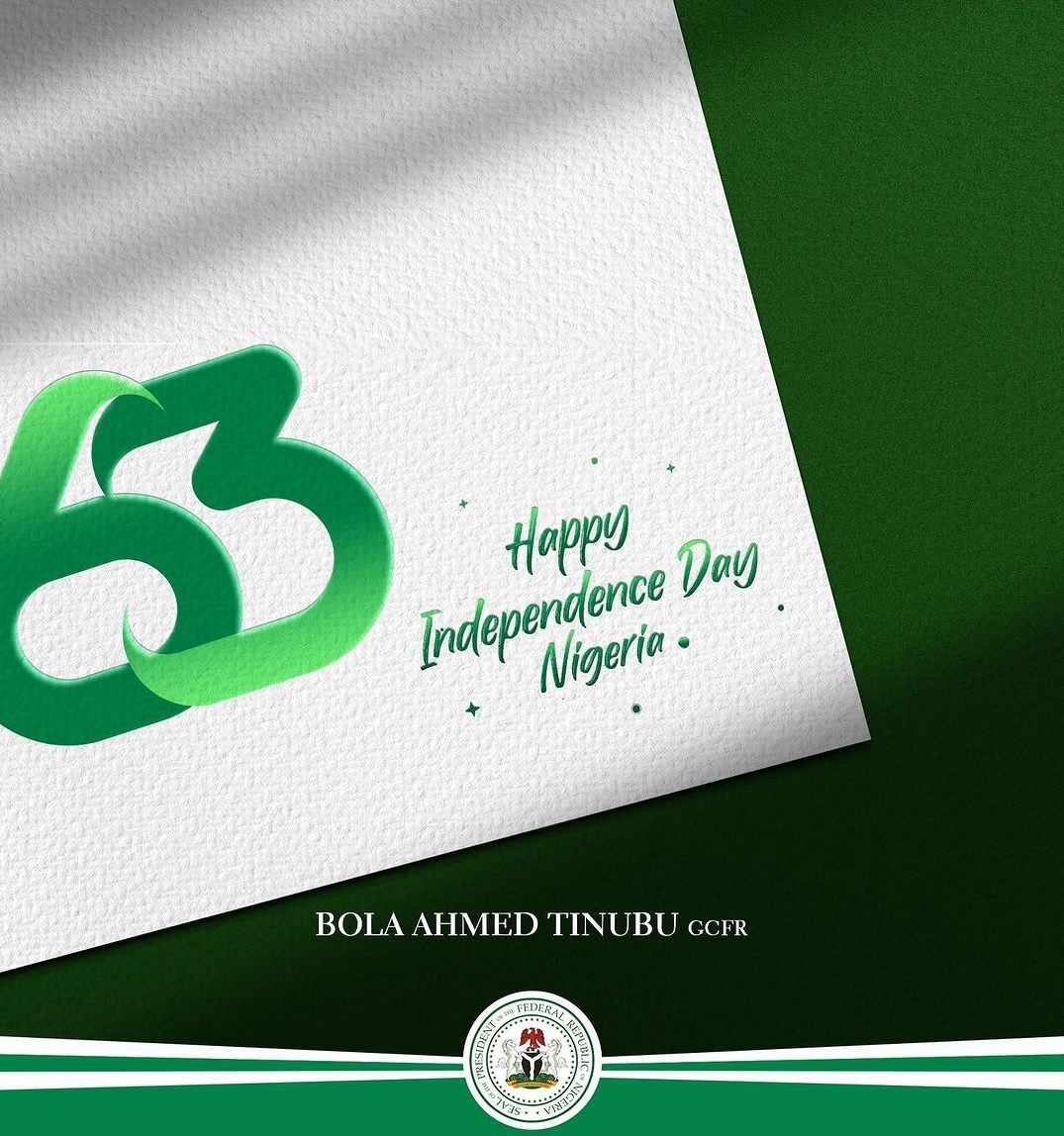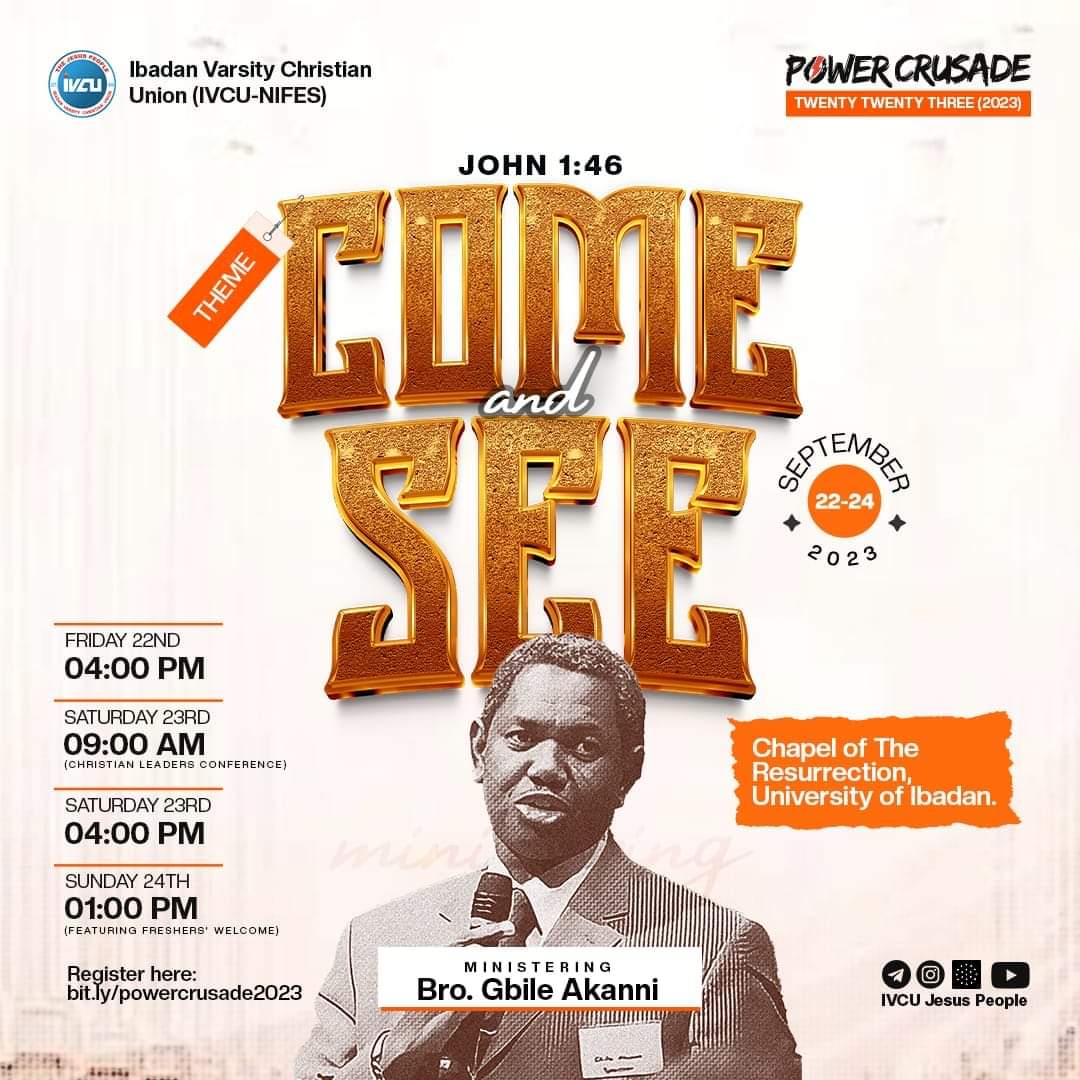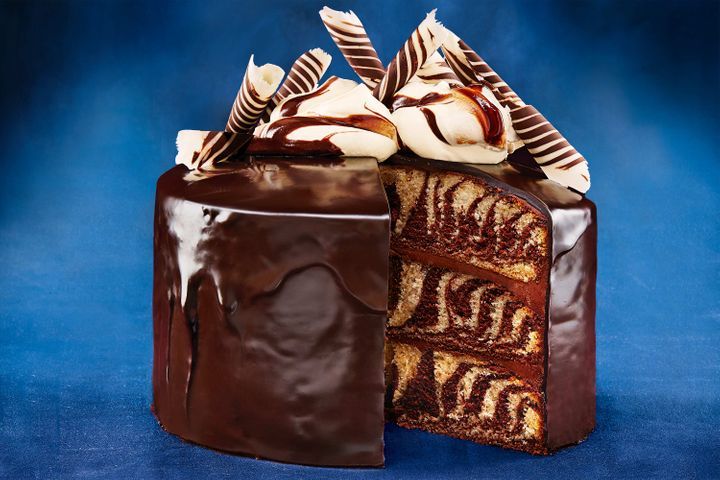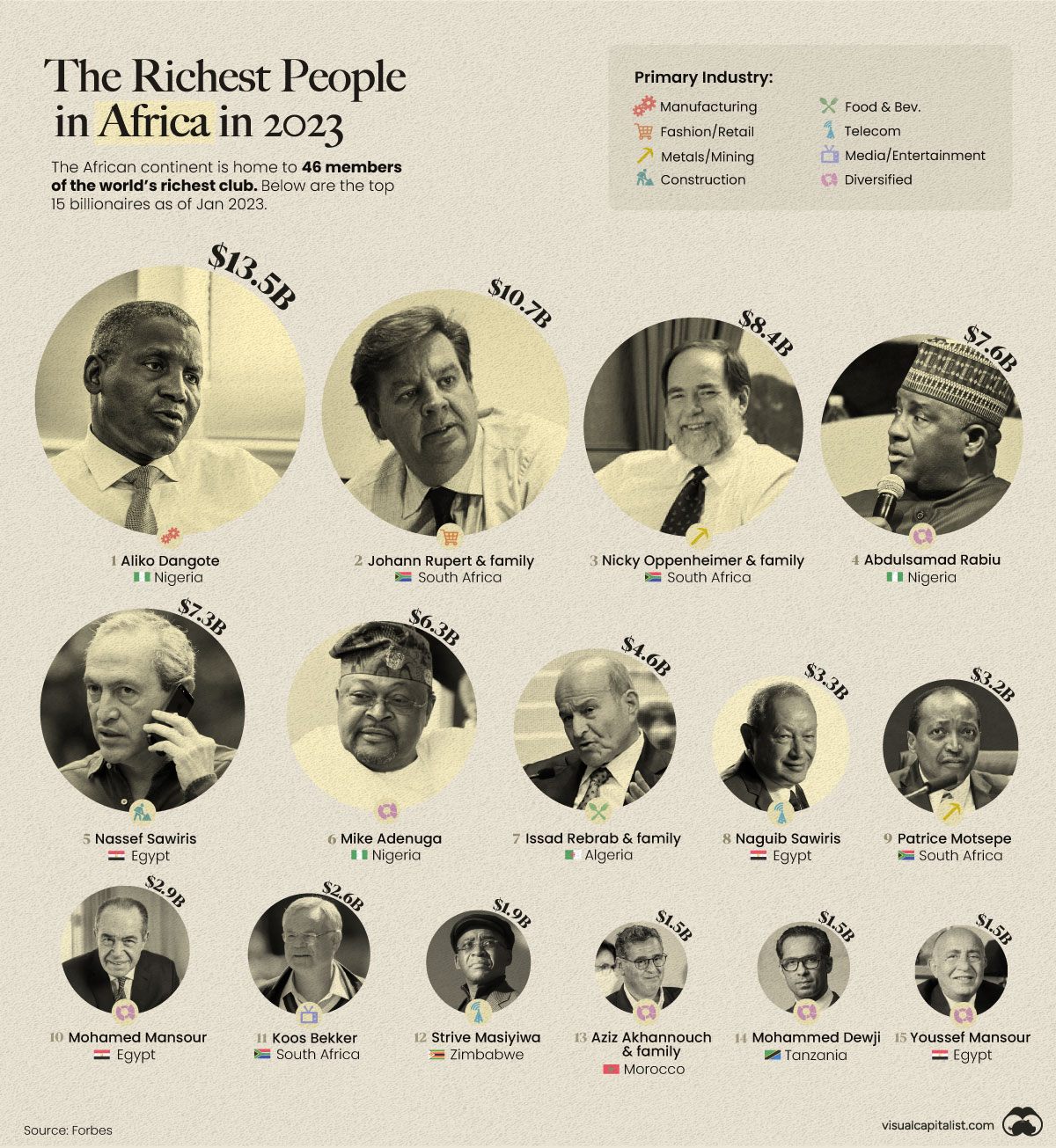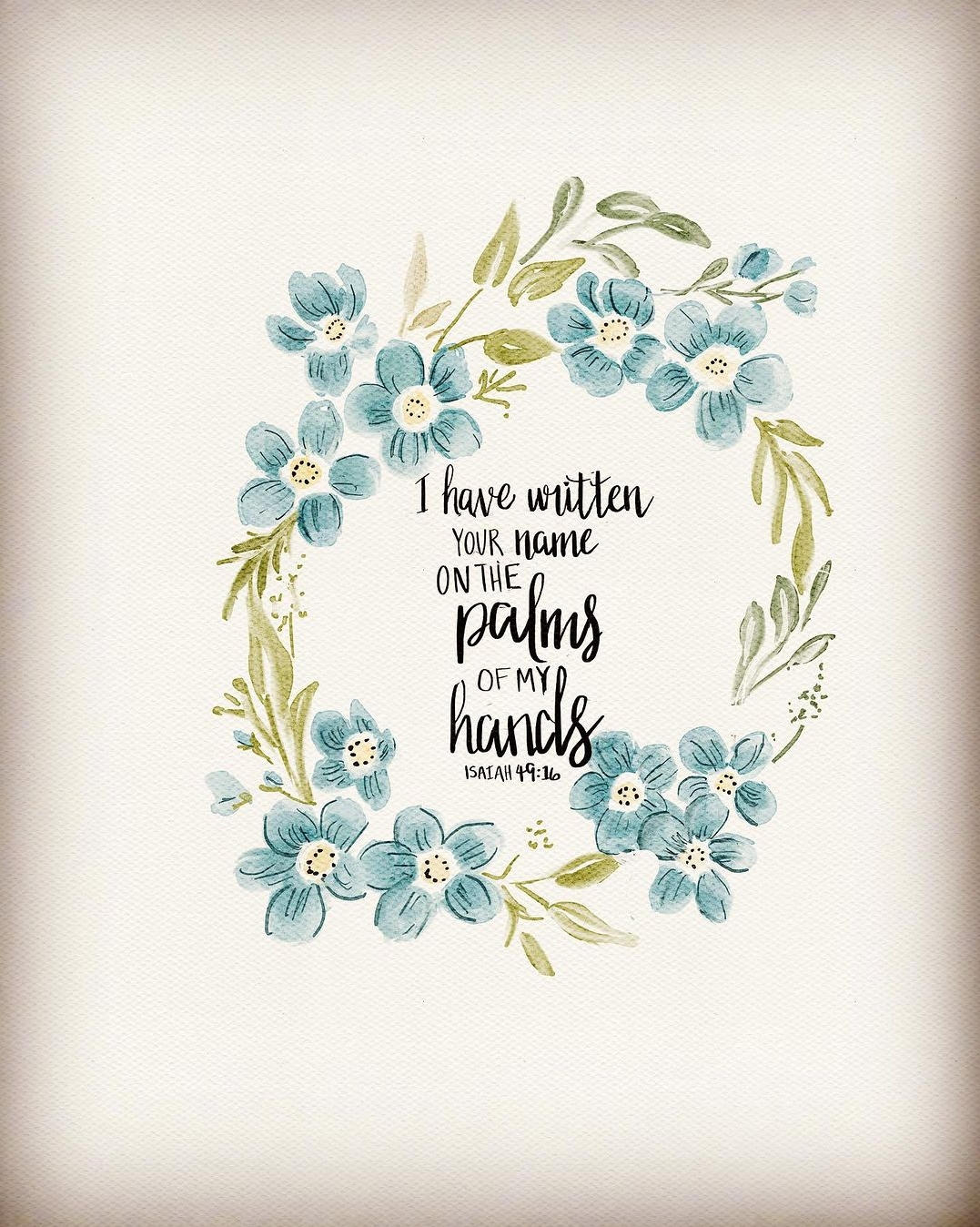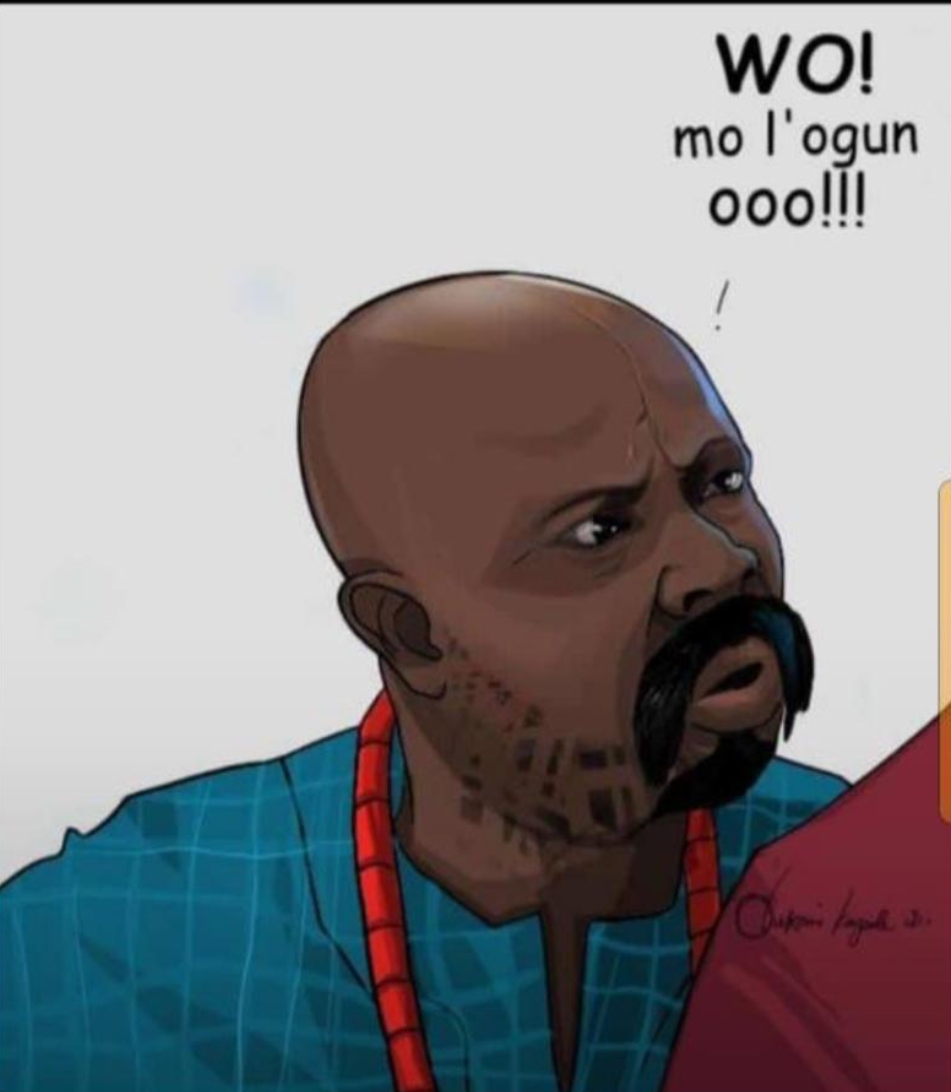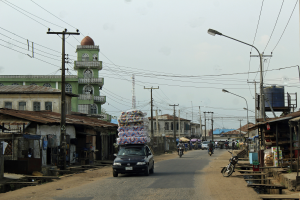
Epe is a Yoruba speaking town about 60 kilometers from Lagos, also a Local Government Area of Lagos State, with 294 rural and 24 semi-urban communities. At inception, while only a few families lived there, the town was called Oko Epe, meaning “the farm of black ants”. Today, Epe is squeezed in between the fast growing Ibeju-Lekki area characterized by its sprouting ultra-modern edifices and the busy Ikorodu town. Commercial activities in Epe are surprisingly subdued and it maintains the status of a serene, riverine town. More than half of the people here and in adjoining villages engage in fishing and seafood is sold at nearby urban centers like Lagos, Ijebu Ode and Shagamu. There is a Rice Mill at Obada and Rice farms at Obada, Igbodu, Ise and Lekki waterside. Obada is also the site for log export. According to the 2006 Census report, 181,409 people live in this area.
Epe Central Mosque in 1930 had its foundation stone laid on the same site where the first mosque existed since 1861. The original mud wall and thatched building had to give way for a new and bigger brick and cement structures. The mosque, which was opened in 1931, retained it original form up till now. The architectural features are remarkable, a certain Brazilian influence is visible and a touch of classicism cannot be denied. The plastered elevations are well proportioned and decorated with moldings in a symmetrical way. Mr. Amida Giwa was the master mason in Epe and under his leadership the mosque was built. The appearance and condition of the building still manifest the skill of the builder. The mosque contains two major halls in line under one roof and on each long side, there is a covered side aisle.
Epe History
Epe was founded when a hunter named Huraka, having stayed for a long time under a Popoka tree with his family decided to proceed with fellow hunters who joined them, further into the wilderness. Huraka and his family had originally come from Ife or Isheri and their first stopover is now known as Poka town. Some people who were seeking for settlement joined this band, as well as mere adventure seekers. Families from the bigger town, Ijebu Ode also followed.
The new Epe town quickly prospered for its attractive bearing on the lagoon, thereby promoting the reputation of early settlers. By the end of 1851 the town had played host to the Lagos monarch, Kosoko who was then ousted with the help of the British for his reluctance to give up on slavery. In time, Kosoko had achieved prominence also in the town, helping them to end the ill feeling shared with their overlord, Anikilaya who was the Awujale of Ijebu Ode. Epe continued to benefit from the influence of notable people who joined them such as Awujale Fidipote who in anger quitted Ijebu Ode to settle in Epe in 1882 with a good number of followers of Ijebu culture. In 1905, the Ijaws and Ilajes from Warri and Okitipupa came to fish here. It was the many events such as this that led to the rise in the population of the town and the cultural schism that followed. The first school in the town was established in 1894 by an Anglican Reverend. This was followed by an Islam-inspired government school in 1898.
After the British expedition of Ijebu in 1892 the colonial government organized a native authority known as Epe Central Council. This body, which attained full prominence with the introduction of the Local Government system in 1955, is composed of local chiefs known as Baale. The Western Region Local Government enactment of the following two years created Epe Division as one of the 28 Administrative Divisions of the region with an appointed Sole Administrator. With the attainment of independence in 1960, Epe Local Government Administration passed through various stages of transformation before it metamorphosed into the present day Epe Local Government.



